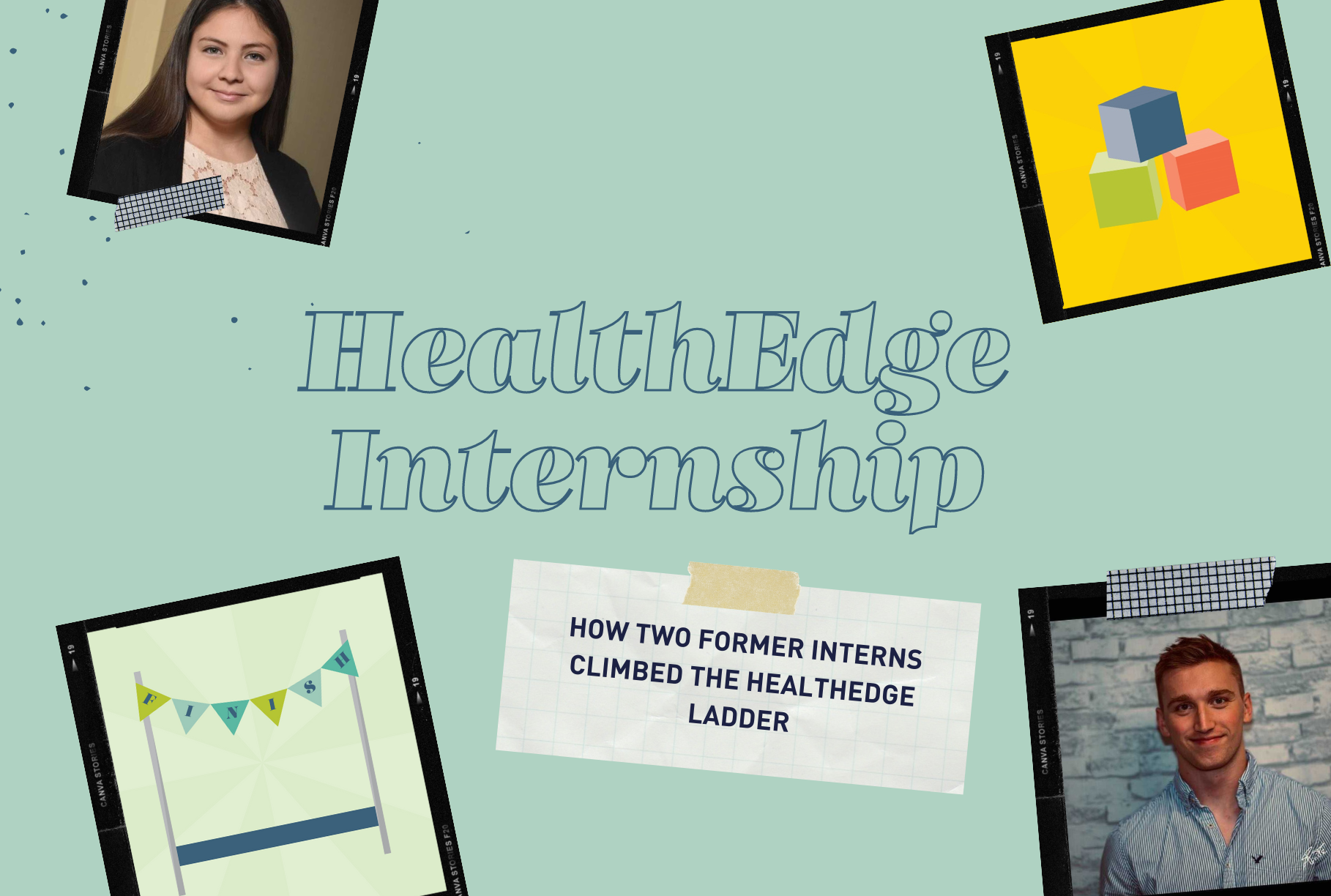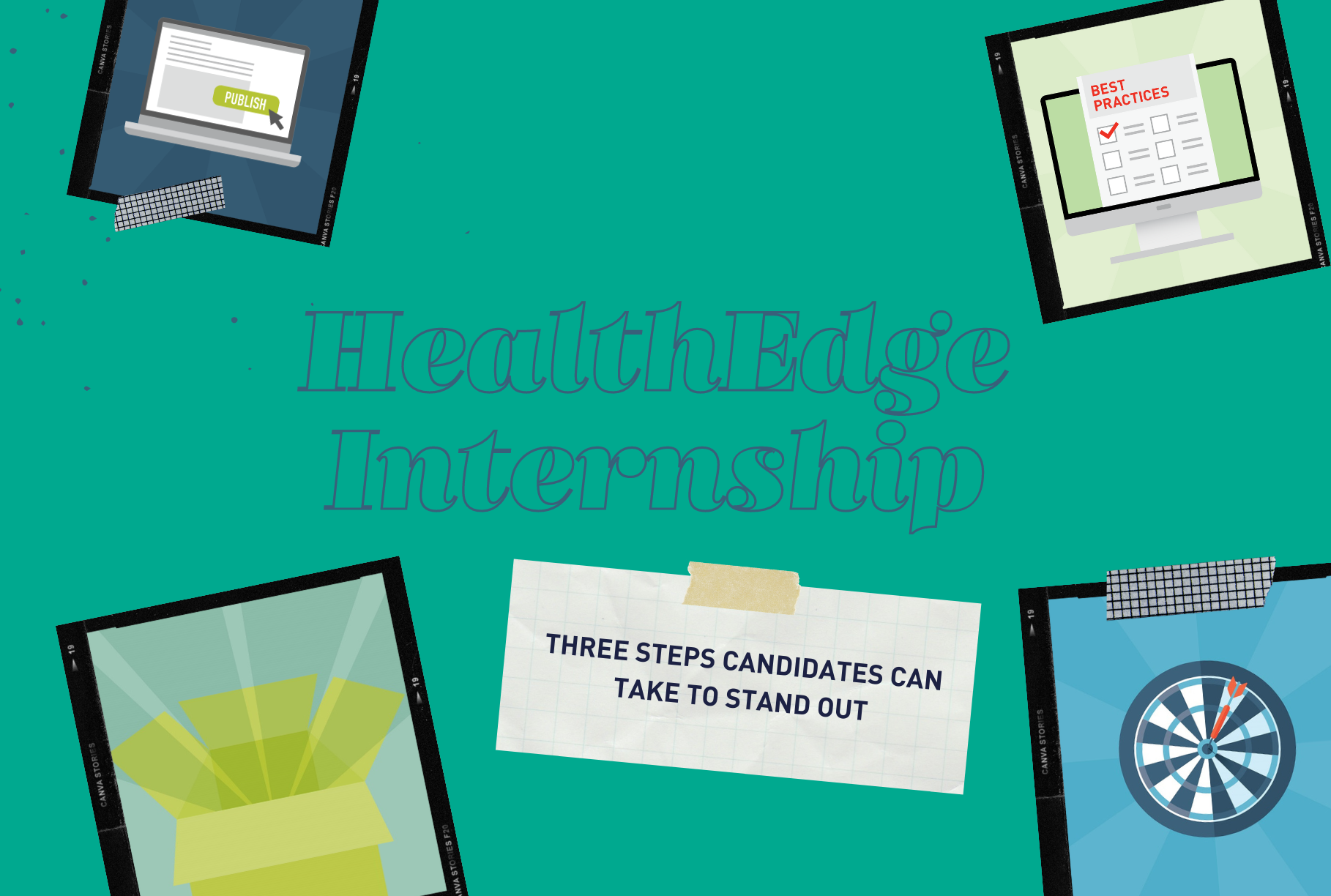EHRs, mobile devices, wearables, claims data, and population health analytics can provide enough healthcare insight to improve outcomes at lower costs. But as the use of technology and data increases within healthcare, the challenge of effectively using that data also grows. The problem is that data exists in silos.
Recognizing this, payers are increasing their investment in innovation. According to our recent survey of 222 health plan executives, 50% said they plan to make significant investments in innovation to achieve their organizational goals this year—up from 19% in 2018. While there is a consistent pipeline of disruptive applications in the marketplace, few effectively connect the key constituencies, which the industry needs more than ever.
The McKinsey Global Institute estimates that the volume of healthcare data and the industry’s inability to take advantage of it, for whatever reason (HIPAA, old technology, business strategy, etc.), leads to potentially more than $300 billion annually in wasted value.
The first step to solving this challenge is better collaboration amongst payers and provider organizations. For payers and providers to align on shared goals, they must share critical data. Both administrative and clinical data can contribute to providers taking important proactive steps to get or keep their patients healthy.
Whether directly or indirectly impacted by the Interoperability and Patient Access Rule, new market demands to equip stakeholders with information that enables them to understand and orchestrate their health care needs and opportunities will challenge the entire health ecosystem. Payers will require administrative capabilities that can deliver exceptional data integrity, data insights, and data access – to their members and the stakeholders who contribute to their care.
Furthermore, health plans that make accurate data directly available in real-time to their members and physicians within their networks benefit from greater efficiency. Customer service representatives spend more time efficiently resolving individual queries or speaking with more members on a daily basis, for example.
For members, it means they walk away from a shorter conversation with the right information or go in armed with the correct data to have a productive call – no frustrated call-backs necessary. The downstream impact of this? Increased member satisfaction—a top goal for health plan leaders— and greater likelihood of follow-through on care plans or better medication adherence to stay healthy.
Healthcare has a formidable challenge that persists: break down the silos between all key stakeholders. Only with technology that provides accurate data in real-time in a consumable manner by all will this occur. Of course, the players in the healthcare ecosystem have to want to collaborate and make the best use of these insights. Once that happens, better outcomes and an improved patient experience are inevitable.





